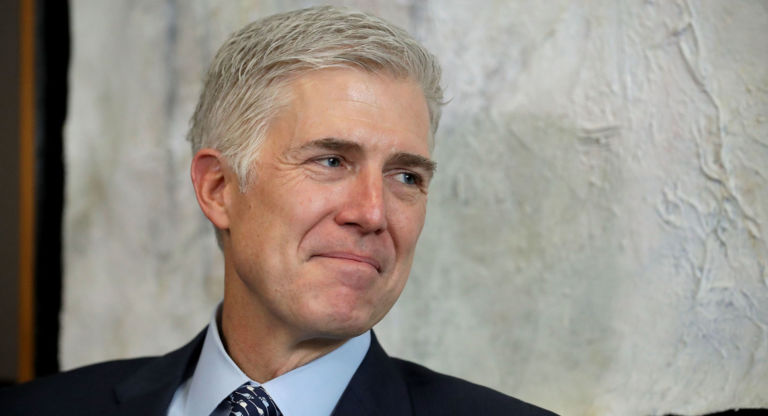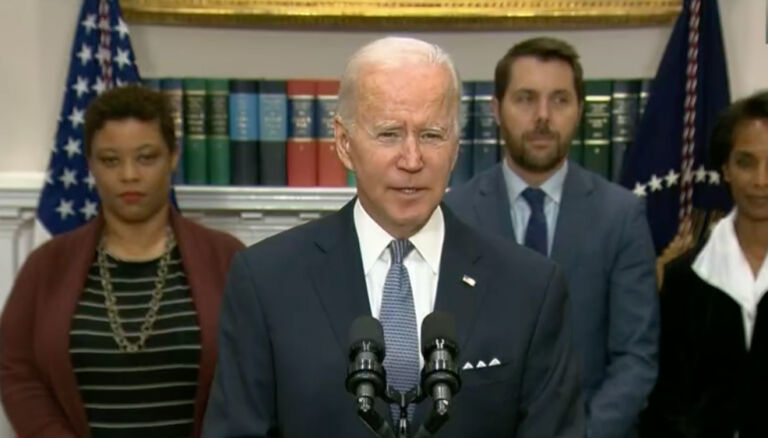Sarah Westwood writes for the Washington Examiner about the president’s recent spin on gun violence.
President Joe Biden on Tuesday pushed for stricter gun laws and more police funding as the answer to gun violence as Republicans paint the Democratic Party as soft on crime.
Speaking about his “Safer America Plan” in Wilkes-Barre, Pennsylvania, Biden used the speech to call for a ban on assault-style weapons to address mass shootings and sought to portray Republicans as opposed to the law enforcement resources needed to stem the crime wave gripping many major cities. …
… “For 10 years, mass shootings were down. Ten years in a row, since I passed that legislation in 1994 as a senator. But in 2004, Republicans let that ban expire. What happened? Mass shootings in America tripled.”
Biden is referring to the 1994 ban on assault-style weapons and large-capacity magazines that Congress allowed to expire 10 years after its passage. Biden supported the bill as a senator from Delaware.
The effectiveness of the legislation in reducing mass shootings and gun violence more broadly has long been scrutinized. Northeastern University professor James Alan Fox published a 2013 paper in the journal Homicide Studies showing roughly the same number of mass shootings before and during the ban. …
… “Guns are the No. 1 killer of children in America. … We have to act. We have to act for those families in Buffalo, Uvalde, Newtown, El Paso, Parkland, Charleston, Las Vegas, Orlando.”
As gun violence increased nationwide in 2020, firearms overtook motor vehicle crashes as the leading cause of death for those aged 19 and younger for the first time. Nearly 4,400 were killed by firearms, while vehicles killed nearly 4,000, according to the Centers for Disease Control and Prevention’s latest data.
Although the president linked the deaths of minors to mass shootings, listing off high-profile massacres that have occurred over the last decade, these shootings account for very few of the firearm deaths. The vast majority of youth gun fatalities are due to suicide, domestic violence, gang activity, and accidents.


